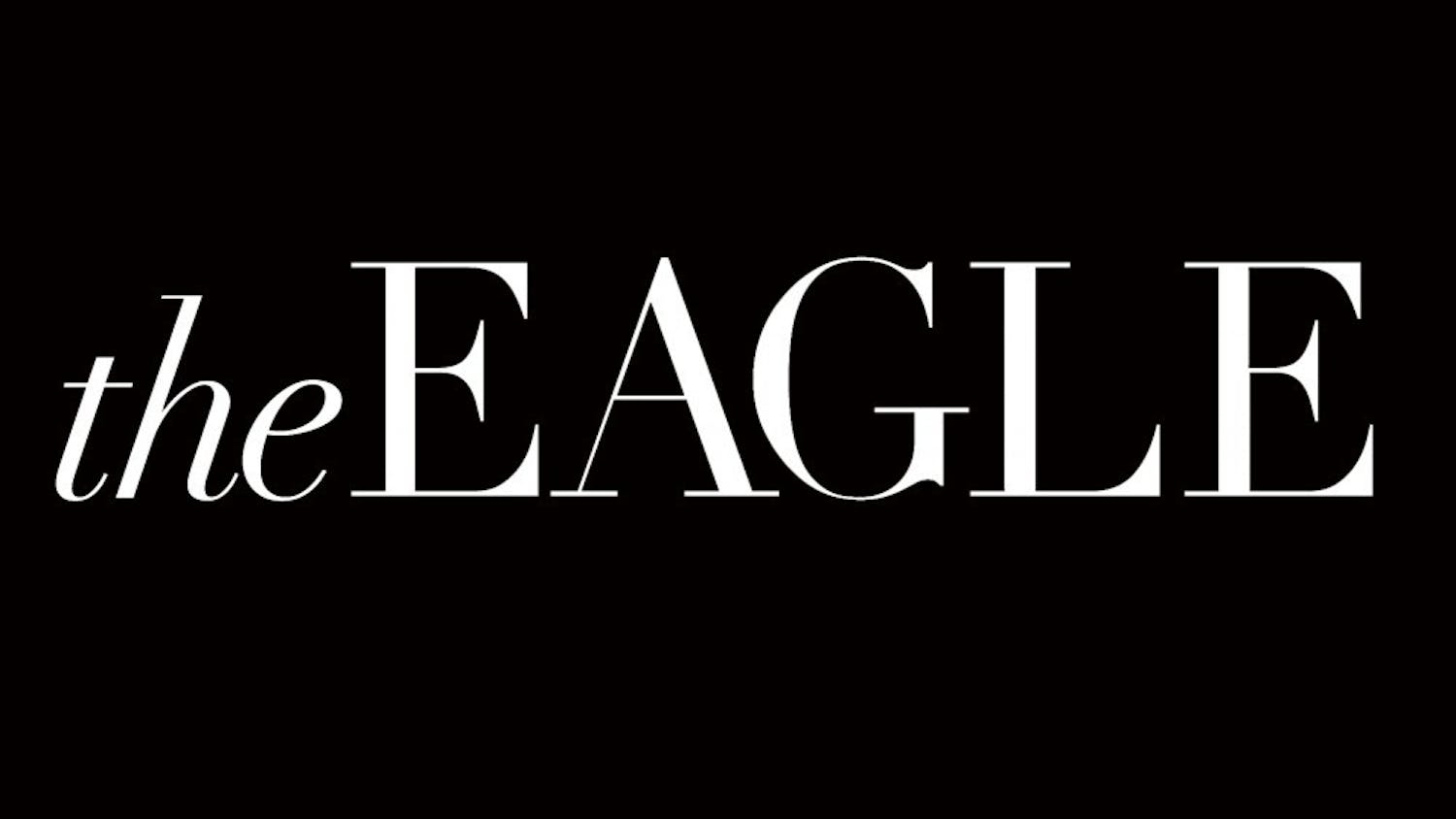Location, location, location. AU is far enough from the heart of the city to have the feel of a suburban campus, yet close enough to still be within city limits. However, AU’s location would prove to be an issue for car-less students if not for D.C.’s lifeline — the Metro system.
Metro is an extremely useful mode of transportation, at least when it is working properly. We often take for granted that we can use a combination of subways and buses to travel throughout D.C. and the surrounding area to visit friends at colleges as far away as George Mason, University of Maryland-College Park and Howard, to name a few. However, as useful as Metro is, it always seems to be having some kind of delay or outage. Remember parents weekend, when it took over half an hour to catch a train, which then proceeded to travel at a snail’s pace to its destination? These are inconveniences that we’ve all learned to deal with, if not expect when riding Metro.
But wait, there’s more. Metro currently has a $40 million budget gap for this fiscal year, which comes down to $30 million after it receives $10 million from stimulus funds for preventive maintenance, which they admittedly need desperately. In an attempt to combat the budget gap, Metro’s Board of Directors have decided to raise fares by 10 cents from March 1 to June 30, although many doubt that Metro will eliminate the increase in June. The fare increase is expected to generate approximately $10 million. While a fare increase was preferred to reduced service (another option Metro considered to raise revenue) by those who responded to a Metro survey, this seemingly small fare increase can certainly add up to a huge expense over a week, month, or semester.
College students are especially going to be hit hard by this fare increase. Many of us have little change to spare as it is and rely on buses and subways to get us to school, internships or jobs across the city, not to mention to clubs and restaurants on the weekends. Most students could be considered a captive audience since they do not have cars on campus, and must pay whatever price Metro sets in order to travel around D.C.
Cities across the country offer reduced fares to grade and high school students, the disabled and senior citizens. In Boston, students pay as low as 85 cents for a subway ride, or have the option of purchasing a monthly unlimited-ride pass for $20. In D.C., senior citizens age 65 and up pay half-fare on the subway and 60 cents currently for a bus ride. So why aren’t college students included in the mix?
Because we’re a huge moneymaker. College students tend to travel in large groups, use the Metro often and don’t have the time or inclination to lobby for lower fares. However, it is time that we stop allowing Metro to dictate the costs of our transportation, our vital connection with D.C. and the world outside of the AU bubble. Students across D.C. have organized on Facebook to make our opinion known to Metro authorities. AU students have the reputation for being the instigators of change when they work towards a cause. Together we can lobby Metro to reduce rates for college students across the greater D.C. area. I think it was a famous D.C. resident who once said, “yes, we can!”
Erin Cady is a freshman in the School of Public Affairs and an AU affairs columnist for the The Eagle. You can reach her at edpage@theeagleonline.com.




